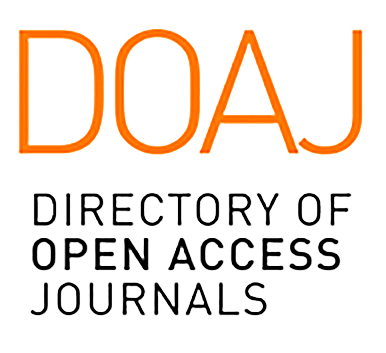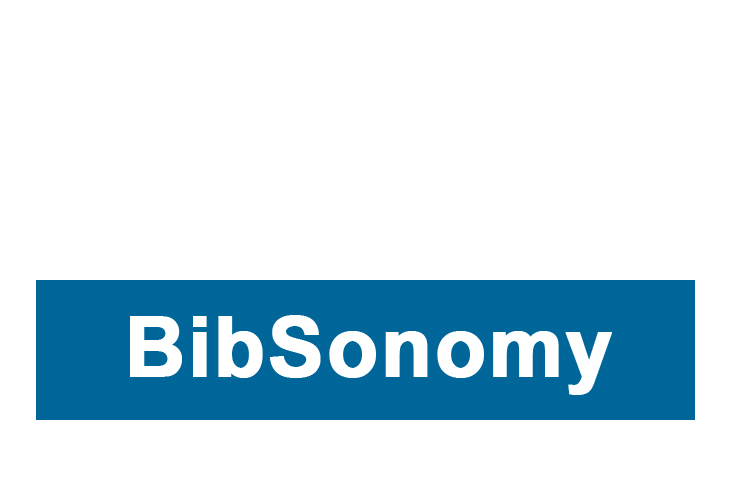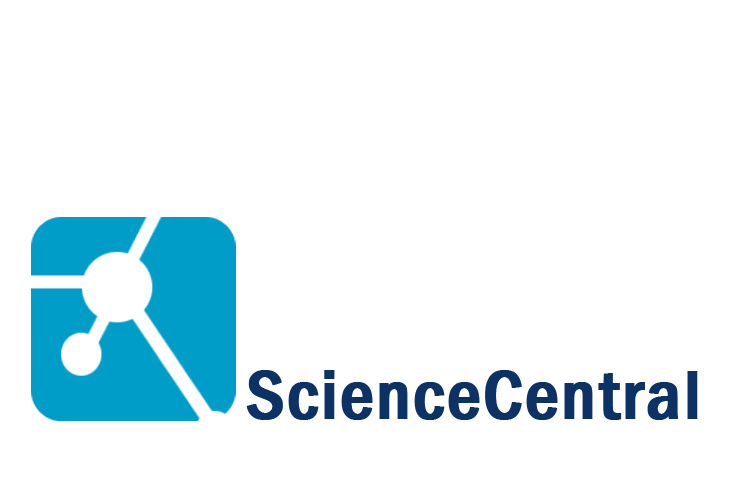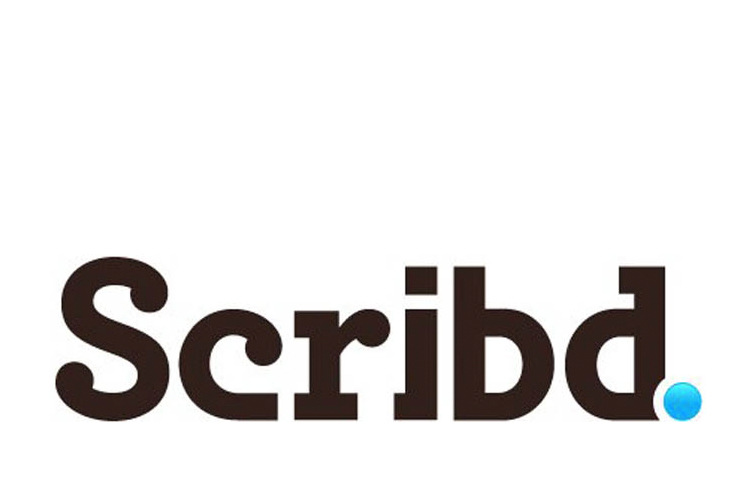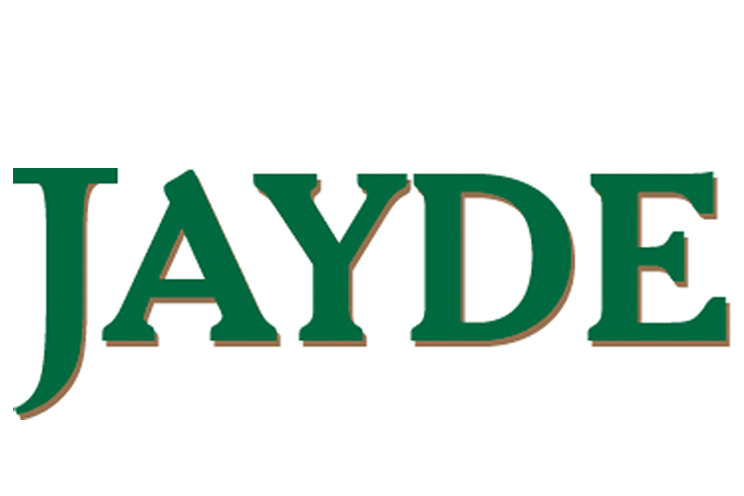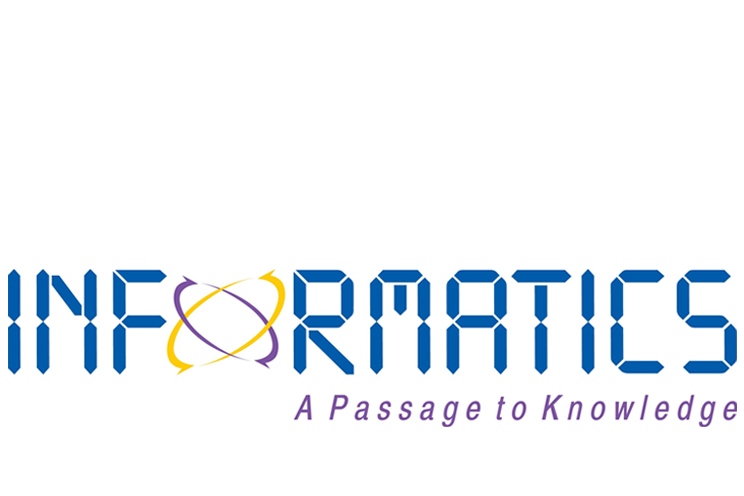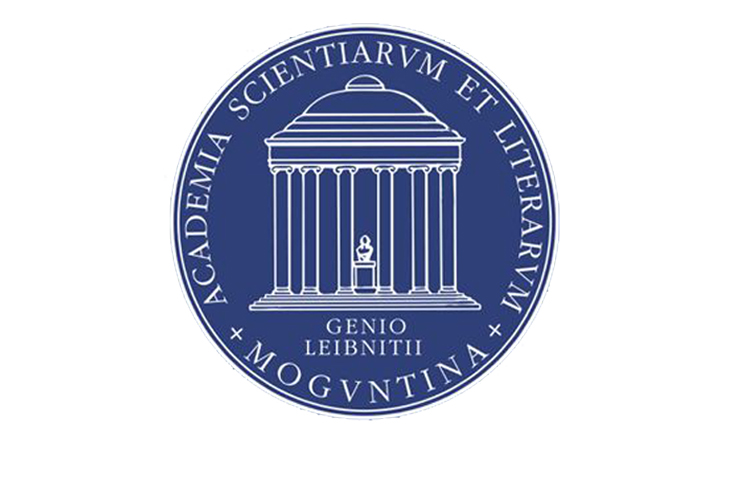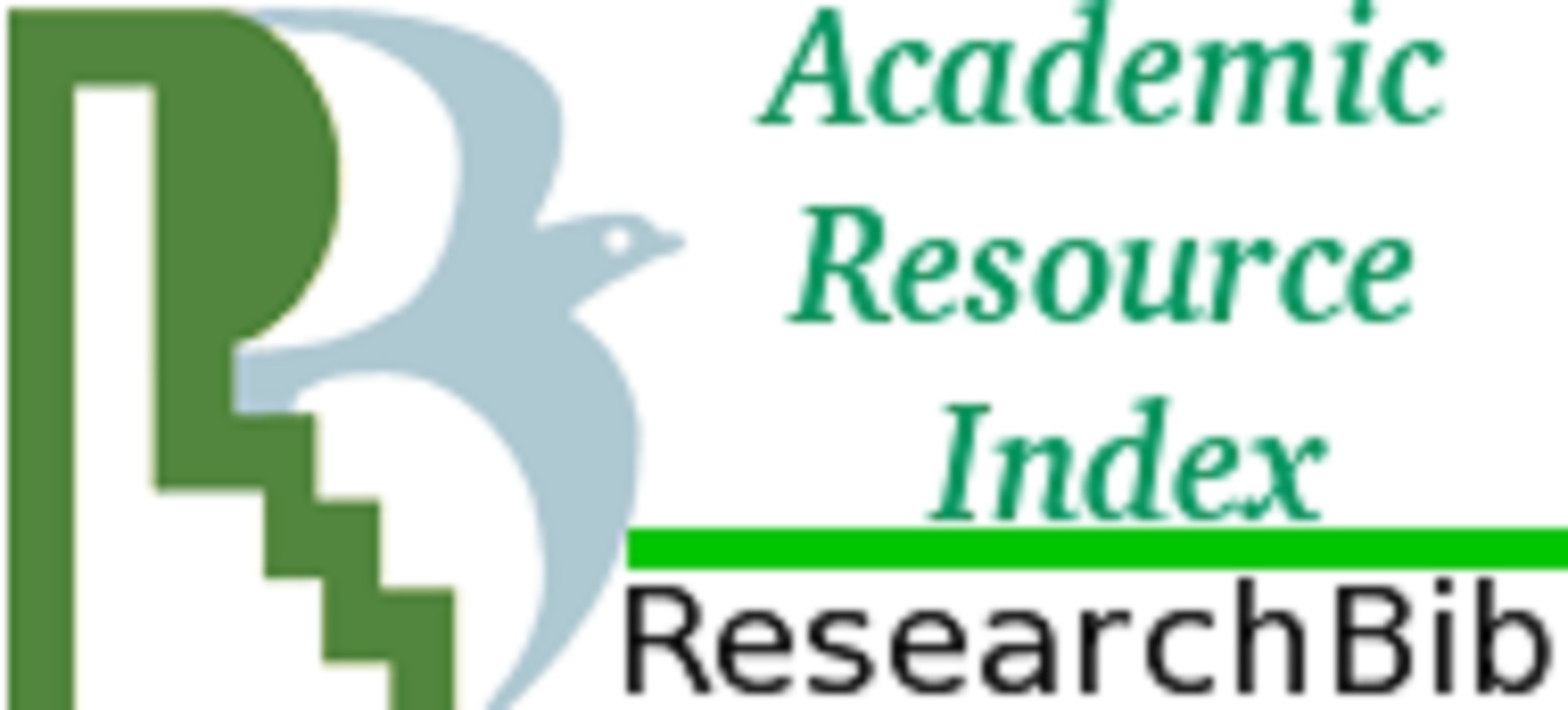Public Article
-
verified
Translation Comparison About Manner And Path Of Emanation Fictive Motions In Moment In Peking ——Illustrated By Two...
ISSN: 2617 - 0299
Publisher: author
Translation Comparison About Manner And Path Of Emanation Fictive Motions In Moment In Peking ——Illustrated By Two...
Indexed in
Languages and Literatures
ARTICLE-FACTOR
1.3
Article Basics Score: 2
Article Transparency Score: 2
Article Operation Score: 3
Article Articles Score: 3
Article Accessibility Score: 2
SUBMIT PAPER ASK QUESTION
International Category Code (ICC):

ICC-0902
Publisher: International Journal Of Linguistics, Literature And Trans..
International Journal Address (IAA):

IAA.ZONE/261741560299
eISSN
:
2617 - 0299
VALID
ISSN Validator
Abstract
Fictive motion is a pattern of cognitive representation to describe the physically motionless phenomenon, which can depict the static scene more vividly. Based on Talmy’s motion event theory, this paper analyzes and compares the translation of the path and manner information from the perspective of emanation fictive motion in two versions of Moment in Peking. The results showed as follows: in regard to orientation path, Yu’s version is apt to omit vector morpheme of path, weakening the specific details of path, while Zhang is apt to add conformation in translation to emphasize spatial information; In regard to radiation path, Yu tends to open the medial and final windowing of attention to de-emphasize source of radiation. By comparison, Zhang tends to open initial and final windowing, and he often add the final windowing to stress environment because he adopts the perspective of thirdperson omniscient narration; In regard to shado...

